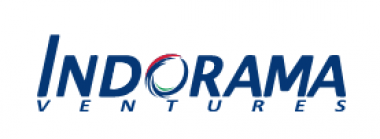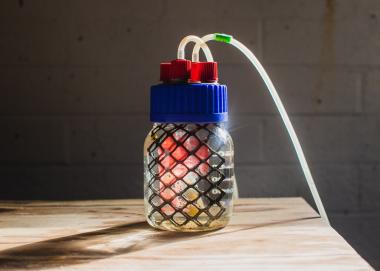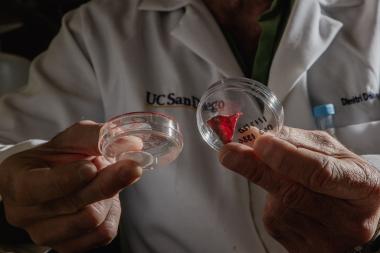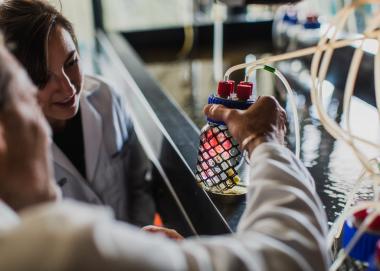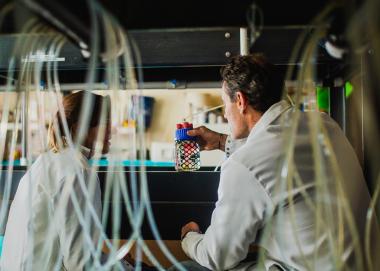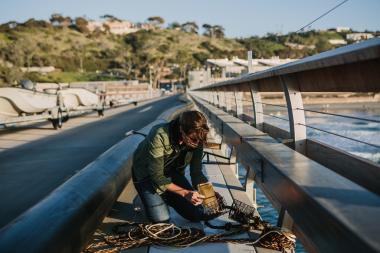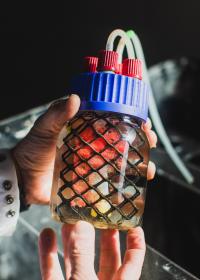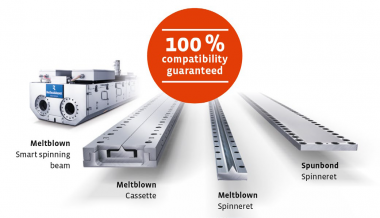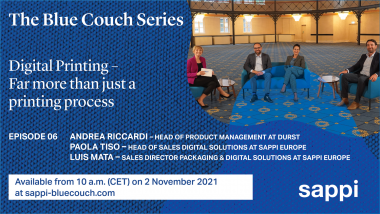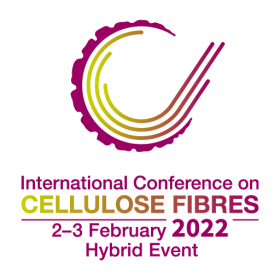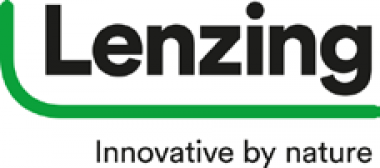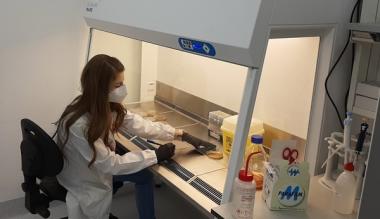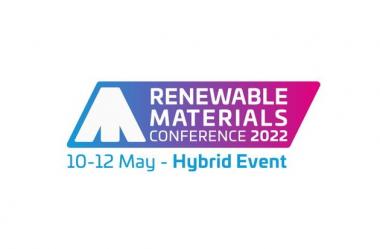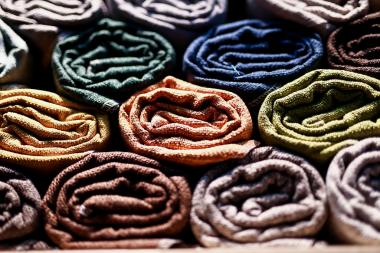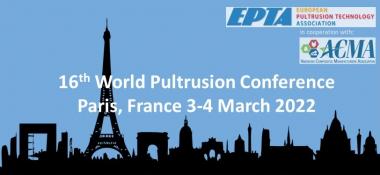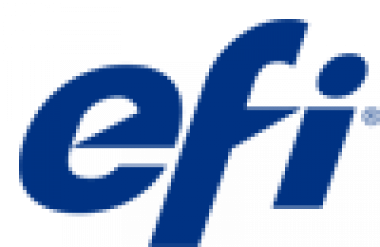adidas awarded high ESG rating by S&P for sustainability performance
Following a thorough assessment by rating agency S&P adidas’ sustainability performance has received an outstanding evaluation. Assessed across Environmental, Social and Governance (ESG) dimensions, adidas was awarded with an ESG Profile Score of 79 out of 100. Combined with a strong Preparedness Score (+6), the company’s overall ESG Evaluation Score amounts to 85, placing adidas sixth in the entire S&P Global Rating Universe.
In its assessment, S&P emphasizes adidas’ industry-leading approach to innovation, supply chain management and consumer engagement. In particular, credit is given to adidas’ ambitions to scale the use of sustainable materials, to expand circular services and to deliver against ambitious net-zero emission targets. In addition to adidas’ strong control mechanisms over its supply chain ensuring fair and safe labor practices, the analysis also calls out the integration of a sustainability target into the compensation system of the Executive Board. The close interaction between the Supervisory Board and the Executive Board is seen as exemplary and supportive of the overall strategy execution.
adidas AG







